Back in the 18th and 19th centuries a ‘mudlark’ was a poor person who combed the Thames foreshore looking for items that could be sold. Some depended on the Thames for their living. Nowadays, twice a day, the river continues to leave behind its treasures and people still scour the shores, picking up pieces of history discarded by Old Father Thames.
Whether you are a visitor to London or live here already, a day out on the Thames foreshore is something you'll always remember. It's a unique experience - and all because the River Thames is a tidal river.


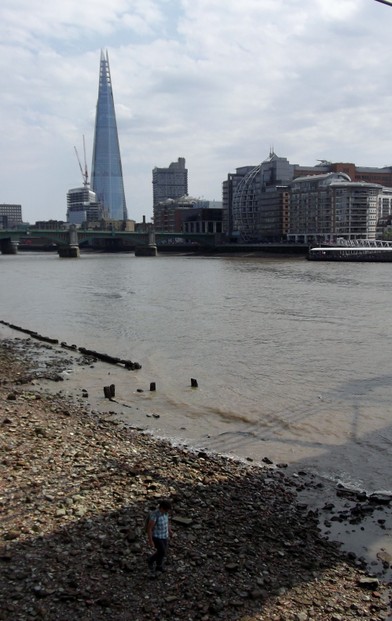
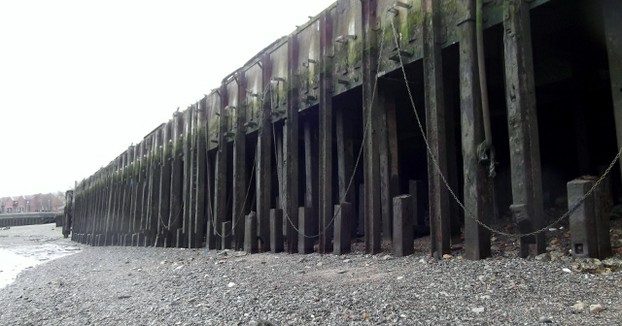
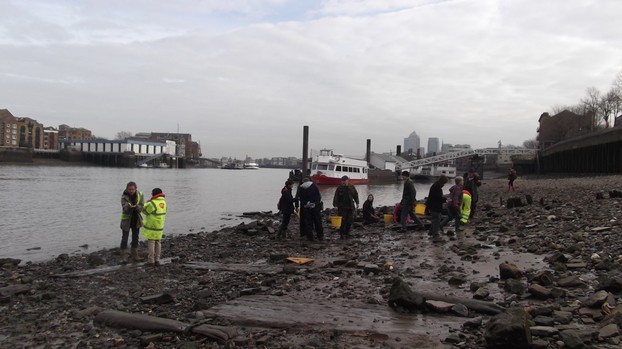
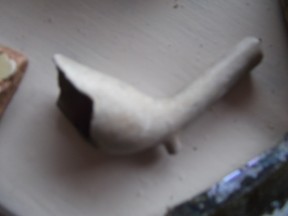
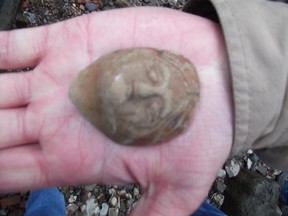
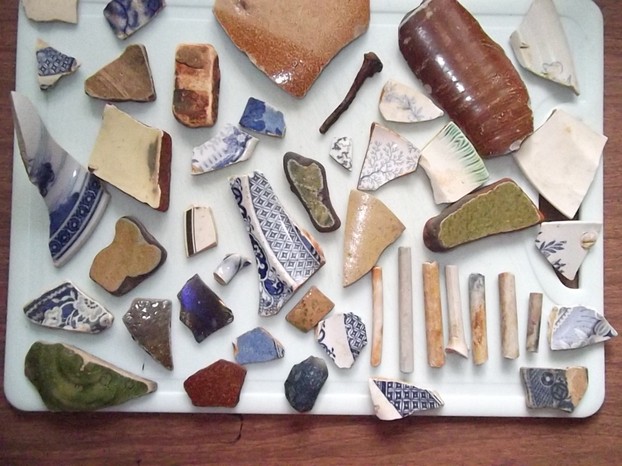
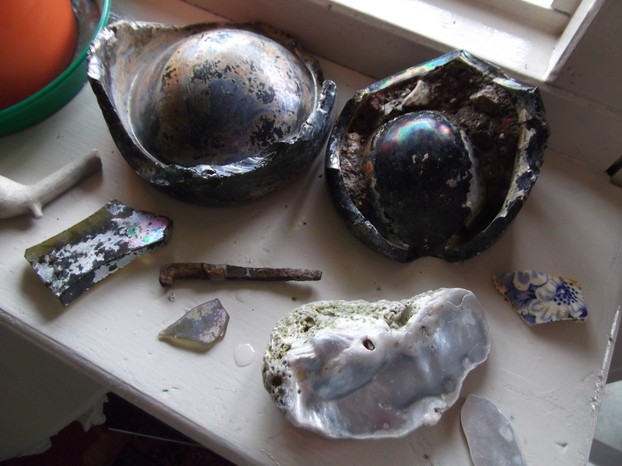
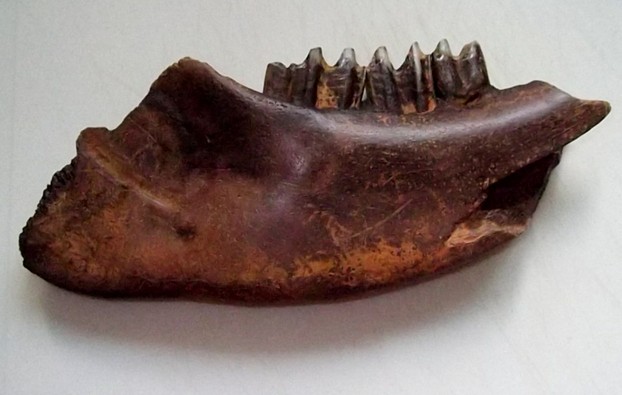



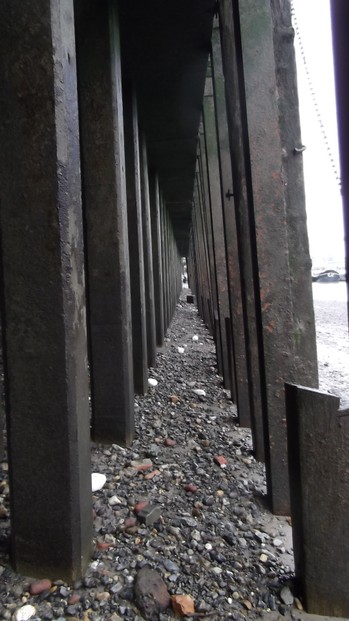
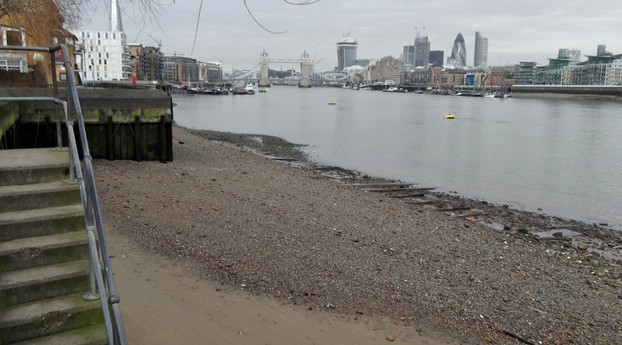
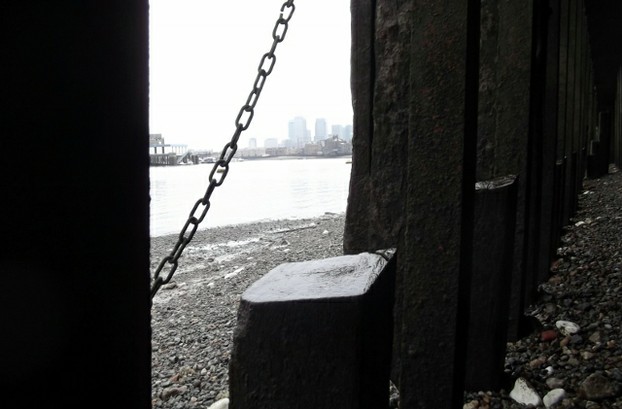
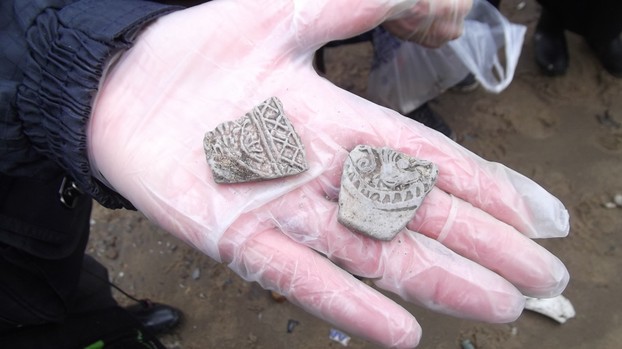
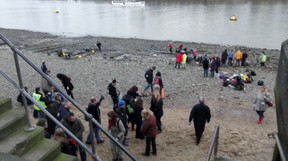




 How to Choose a Walking Cane or Stickon 08/01/2014
How to Choose a Walking Cane or Stickon 08/01/2014
 Michael Miller Fabulous Fabric Swatches for Quilting, Crafts etcon 07/02/2014
Michael Miller Fabulous Fabric Swatches for Quilting, Crafts etcon 07/02/2014
 The Drama of Life in the Rock Poolon 06/08/2014
The Drama of Life in the Rock Poolon 06/08/2014
 The Flâneur - Symbol of Modernity in 19th Century Parison 05/09/2014
The Flâneur - Symbol of Modernity in 19th Century Parison 05/09/2014

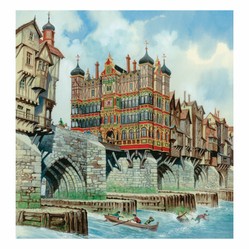
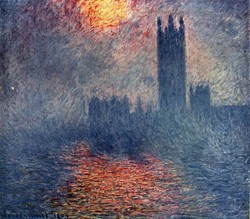
Comments
The Thames is England's second longest river and runs through heavily populated regions, so artifacts come from many sources upstream.
Interesting activity. Is there a source of artifacts upstream, or do these all come from the London area?
Yes and as Kathleen states, anything that you see is Ok but things you dig for even pickng up under a stone you need a license.
I am very interested in this next time I am "down the smoke "
Finds of treasure are governed by act of parliament, which demands that they be reported. Single coins are not usually treasure, but groups of coins, especially those over three hundred years old are. You are, however, unlikely to find treasure on the foreshore, as metallic stuff does not float.
This is fabulous ty for posting.
I think for your own safety and insurance purposes guided walks are probably the best way to go about it.
You have some amazing finds. Well done you!
I am cross with myself now for never exploring this fascinating part of London when I lived there. So many references to it in Dickens' novels and I haunt the City and Fleet Street where his characters lived. Maybe next summer I may be able to join one of the walks,but I'm not too sure about slippery walks! Glad you are enjoying it anyway.
That's very kind of you Frank. Unfortunately I am no longer on the internet at home any more so I just go into my local library to check my e-mails - so not able to write anything at present. Thanks for your lovely message.
I am glad to read a comment from you, Kathleen, as you have not seemed to be active on Wizzley recently and this led me to wonder how you were and whether you were alright.
Thanks so much Telesto! Yes, the Thames Foreshore is a magical place! :)
I've even seen people sunbathing on the "beaches" in the summer! Fab article Kathleen.